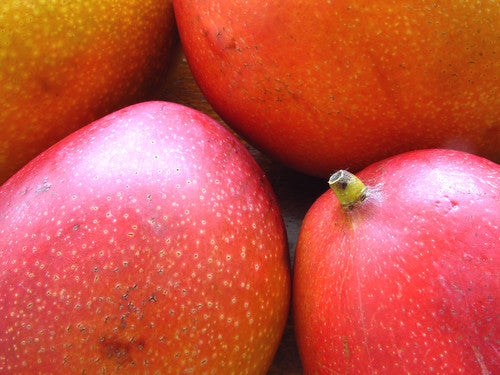the sacred lotus

The lotus flower (Nelumbo nucifera) has been treasured throughout history as a sacred symbol of purity and vitality. Native to India, Tibet, and China, the lotus plant extends its roots to the soil of a river or pond bottom, while its leaves float on the surface of the water. Their large flowers are found on thick stems which rise a few centimeters above the leaves. An individual lotus can live for over a thousand years, and can be successfully germinated after many years of stasis.
Most parts of the plant have been used in both traditional Chinese and Ayurvedic medicine for their astringent and hemostatic effects. Extracts from the lotus plant have been shown in numerous scientific studies to possess anti-inflammatory, antioxidant, antipyretic, and even antiviral activity.1
The spiritual history of the lotus dates back to the ancient Egyptians, who cultivated this plant along the Nile River. The blue lotus (which is technically a waterlily) is depicted in many hieroglyphs and in tombs. The Egyptian Book of the Dead notably includes spells which can transform a person into a lotus flower, and thus bring about their resurrection. The lotus flower was also associated with the Sun, which disappears at night and reappears in the morning.2
The Buddhist tradition associates the lotus flower with faith, purity, and spiritual awakening. The symbolism of a beautiful flower emerging from muddy waters suggests rebirth and enlightenment. The various colors of the lotus have different meanings in Buddhism. The blue lotus represents spiritual victory over our physical compulsions, while the white lotus symbolizes the awakened state of mental purity and spiritual perfection. The purple lotus is mystical in nature, and its eight petals are believed to represent the Noble Eightfold Path, which was one of the main teachings of the Buddha. By following this path, one may become awakened. The red lotus is associated with love and compassion, while the pink lotus flower is considered to be the supreme lotus, or the true lotus of the Buddha.2
In the Hindu tradition, the white lotus flower plays a pivotal role in its association with beauty, fertility, prosperity, spirituality, and eternity. The god and goddesses Ganesha, Ganga, Saraswati, and Lakshmi are all depicted sitting atop opened lotus flowers. Brahma, the lord of creation, is sometimes shown as emerging from a lotus found at the navel of Vishnu. The unfolding petals of the lotus flower are thought to represent the expansion of the soul, while the mud from which it emerges contains spiritual promise.2
Our Lotus Flower & Rosewater Toner is a particularly special product. The above photo was taken at the New York Botanical Garden in September, 2012.
1Paudel KR, Panth N. Phytochemical profile and biological activity of Nelumbo nucifera. Evid Based Complement Alternat Med 2015:789124.
2www.lotusflowermeaning.net



leave us a comment
This site is protected by reCAPTCHA and the Google Privacy Policy and Terms of Service apply.